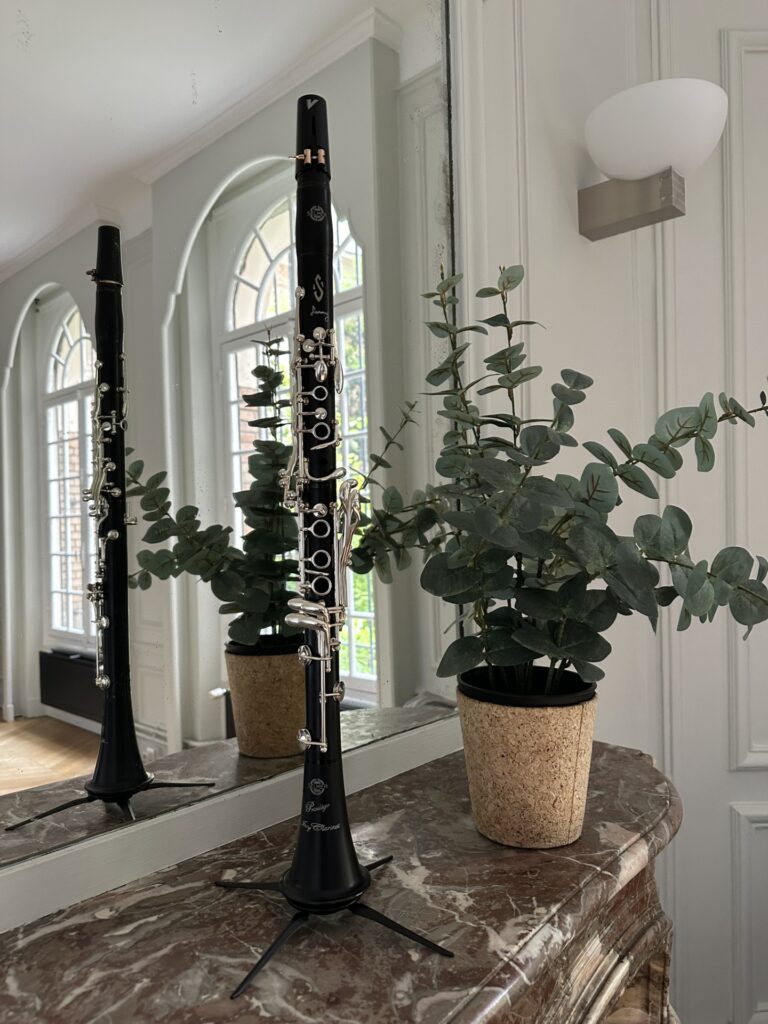The Complete Guide to Clarinet Barrels
For such a small instrument, the clarinet certainly has quite the number of equipment and accessories!
After you’ve sorted out your instrument, mouthpiece, reeds, ligature, and more, it’s probably time to evaluate your clarinet barrel. (Look at the further reading section at the end of this article for in-depth articles on these pieces of clarinet equipment.)
Here’s everything you need to know about clarinet barrels
Barrel basics
Besides connecting your mouthpiece to the upper joint, barrels play a big factor in controlling your overall tuning. Barrels can mean the difference between tuning to A=400 Hz or A=442 Hz (or other!) Barrels are measured in millimeters (mm), and the most common barrels are 65mm or 66mm. However, shorter and longer barrels do exist.
More clarinet companies are making boutique barrels, which are made with different bore designs and out of various materials. These different barrel models will influence sound, tone color, and response (and the length will influence tuning).
If you want to learn more about how the bore influences response and tuning, there are several articles and sections of clarinet books which go into greater detail.
Do I need a new barrel?
Not necessarily. The stock barrel (the one that comes with your clarinet) should serve most of your purposes. The only time I think clarinetists “need” a new barrel is if they are planning to switch tuning tendencies. For example, I travel and perform back and forth between Europe and North America, so I carry two different barrels to accommodate these tuning switches. When I perform in North America, I use a 65mm barrel so I can more easily tune to 440. In Europe, I use a 64mm barrel to tune to 442. That being said, I encourage you to try different barrels to see if you like the feel and sound they produce.
Which mm length barrel should I buy?
This is going to depend on your tuning needs, as well as your other equipment. As stated above, 65 and 66 mm are the most common. Because I use a Vandoren 13-series mouthpiece (which means it’s pitched at 440), I “raise” the pitch by using a 64mm barrel. Alternatively, I can use a non-13 series Vandoren mouthpiece and a 65mm barrel, but I like the feel and sound of my mouthpiece and don’t mind using a shorter barrel.
Several companies are making adjustable barrels, making it easier than ever to “switch” from one length to another by adjusting a ring in the middle. This can lengthen or shorten the barrel within a few mm without having to push in or pull out. As always, test a few barrels to find what works best for you.
How many barrels do I need?
Most players will only need 1-2 barrels, but it’s never a bad idea to have a backup or two.
Can I use my B-flat barrel on my A clarinet?
It’s always best to have barrels which are matched to both instruments. I have separate B-flat and A clarinet barrels, but when I’m switching from one clarinet to another in orchestra, I often switch the barrel and mouthpiece together (to facilitate easier switching).
